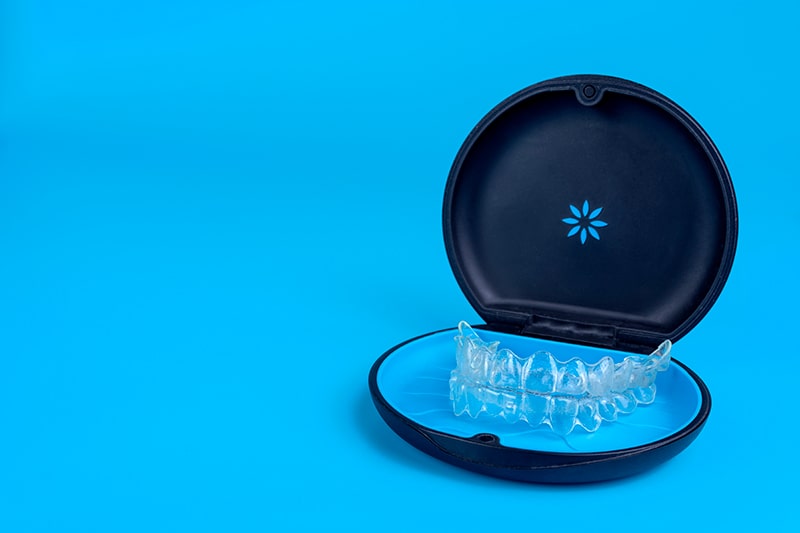What is Sedation Dentistry – “No more fear and anxiety for dental procedures“
Dental anxiety is real and common. Patients who are nervous about visiting the dentist frequently decide not to. And that increases their chance of getting diseases like early-stage gum disease. Patients need genuine anxiety relief if they are anxious before dental appointments. And this is where dental sedation can be beneficial.
Sedation dentistry involves giving sedatives to dental patients to help them feel more at ease during dental visits so they can receive care. A sedation dentist may use nitrous oxide, oral sedation, intravenous sedation, or a combination of these methods, depending on the patient’s level of anxiety and the complexity of the procedure.
Sedation dentistry involves giving sedatives to dental patients to help them feel more at ease during dental visits so they can receive care. A sedation dentist may use nitrous oxide, oral sedation, intravenous sedation, or a combination of these methods, depending on the patient’s level of anxiety and the complexity of the procedure.
Difference Between Sedation and Anesthesia
Anesthesia and dental sedation are two different processes. You enter a relaxed, dreamlike state of consciousness when you receive sedation. Contrarily, anaesthesia is a difficult procedure where you are “put under“ with the help of IV drugs and gas to remain completely unconscious throughout the procedure.
Different Levels of Dental Sedation
Minimal sedation: You are calm, awake, and able to breathe on your own if you have minimal anxiety. Your thinking and coordination may be a little off.
Moderate sedation: You can follow instructions and breathe on your own, but you might slur your words. Your recollection of the process might be hazy.
Deep sedation: Nearly unconscious, but able to be roused if required (though not easily). You might require breathing support.
General anaesthesia: Unable to be awakened even by painful stimulation.
Moderate sedation: You can follow instructions and breathe on your own, but you might slur your words. Your recollection of the process might be hazy.
Deep sedation: Nearly unconscious, but able to be roused if required (though not easily). You might require breathing support.
General anaesthesia: Unable to be awakened even by painful stimulation.




